Contact Sheets


Edits



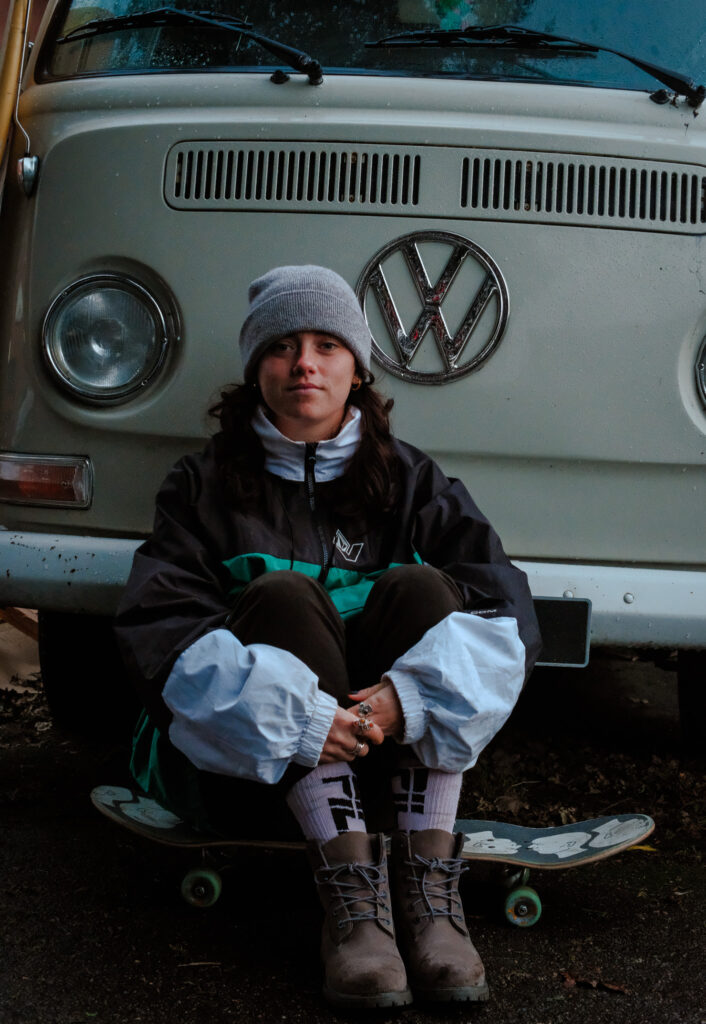
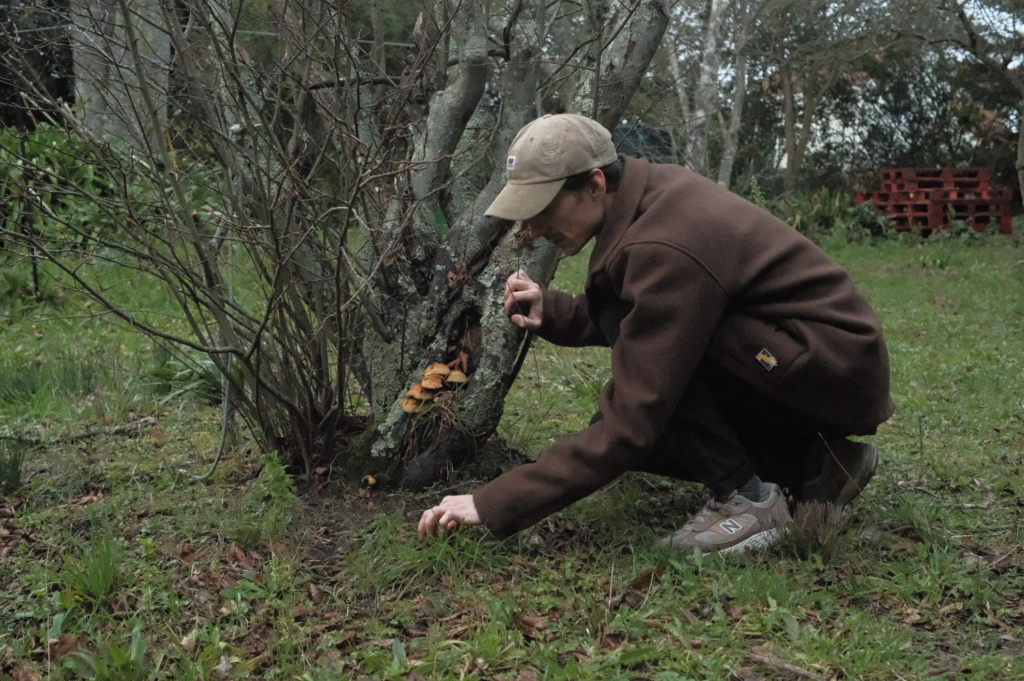

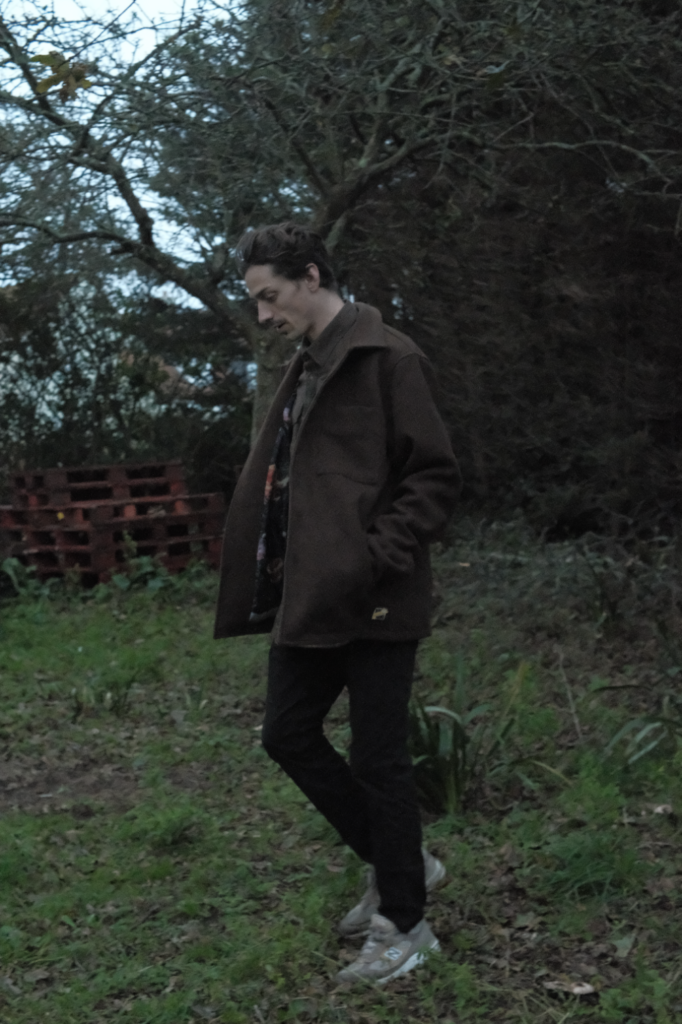
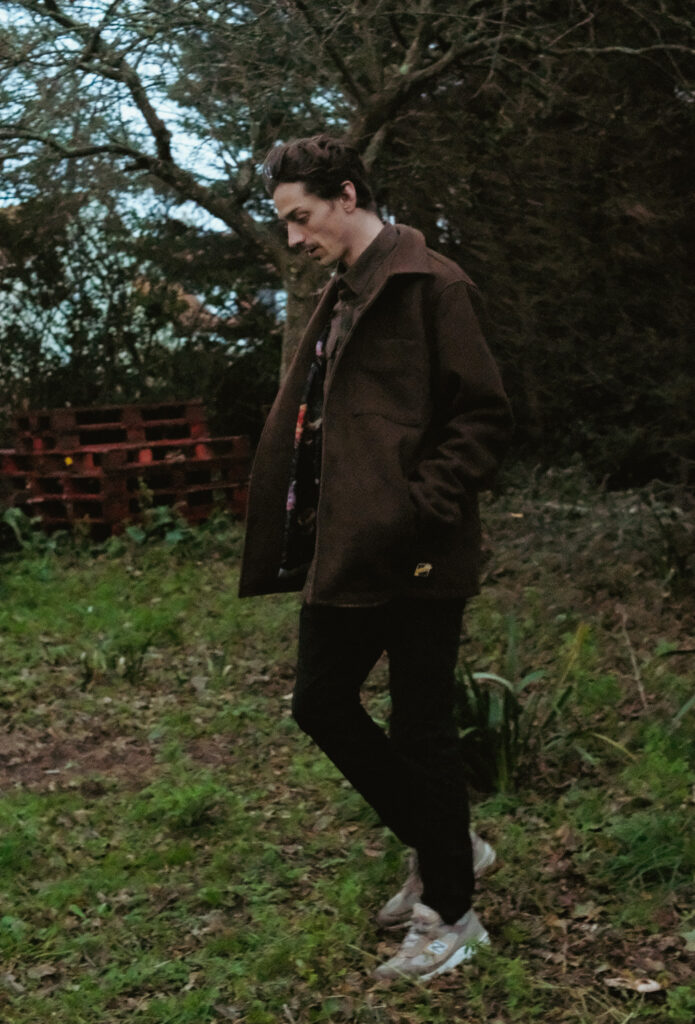










My Top 3 Environmental edited Photos.



Butterfly lighting is a type of portrait lighting technique used primarily in a studio setting. Its name comes from the butterfly-shaped shadow that forms under the nose because the light comes from above the camera. You may also hear it called ‘paramount lighting’ or ‘glamour lighting’.
What is the butterfly lighting?
Description: Butterfly lighting is a portrait lighting pattern where the key light is placed above and directly centered with a subject’s face. This creates a shadow under the nose that resembles a butterfly. It’s also known as ‘Paramount lighting,’ named for classic Hollywood glamour photography.
What is the difference between paramount lighting and butterfly lighting?
Paramount lighting is when the light is placed directly in front of the subject at a slightly downward angle, creating a shadow directly beneath the subject’s nose. When the light is high enough, at times this will be called ‘butterfly lighting’ because the shadow under the nose may resemble the wings of a butterfly.
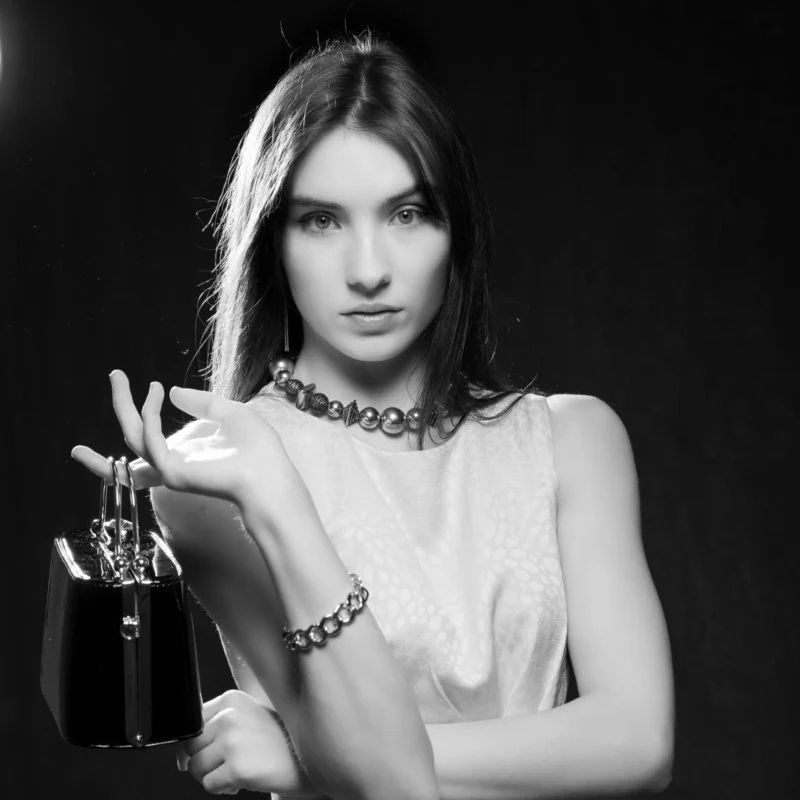
Butterfly lighting dates back to some of the earliest glamour shots. Specifically, Marlene Dietrich, a German silent film actress, who became a Hollywood star in the 1930s, was presented on film in a way that gave this look its name.Marie Magdalene “Marlene” Dietrich was a German and American actress and singer whose career spanned from the 1910s to the 1980s.
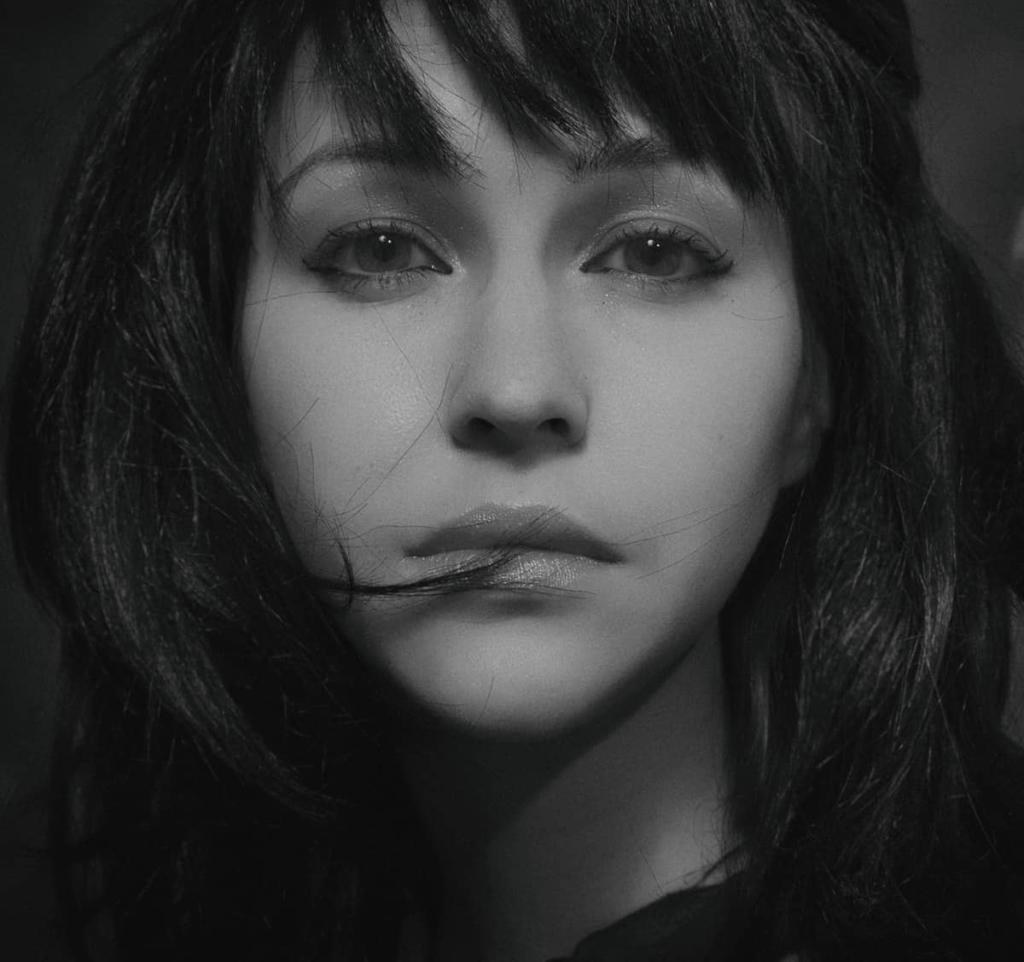
What camera is best for butterfly photography?
However, most photographers prefer a DSLR or mirrorless camera/lens combination. I have had good results with my older Canon 7D Mark II but I prefer my current Canon R5 mirrorless camera. This allows focus peaking in manual focus mode, which helps by highlighting the sharply focused edges in a conspicuous colour.
What is the best setting for butterfly photography?
To capture sharp images of fluttering or darting butterflies, a shutter speed of 1/400 and more is advisable. Beginners should better start shooting in S mode or shutter priority mode of the camera. After gathering some experience, they can shift to manual mode.
Why do photographers use butterfly lighting?
Butterfly light creates shadows under the cheeks and chin but adds lots of light to the other part of the face. This can help minimize a double chin and fills in shadows in wrinkles. It’s an easy way to give an older subject a brighter, more youthful appearance.
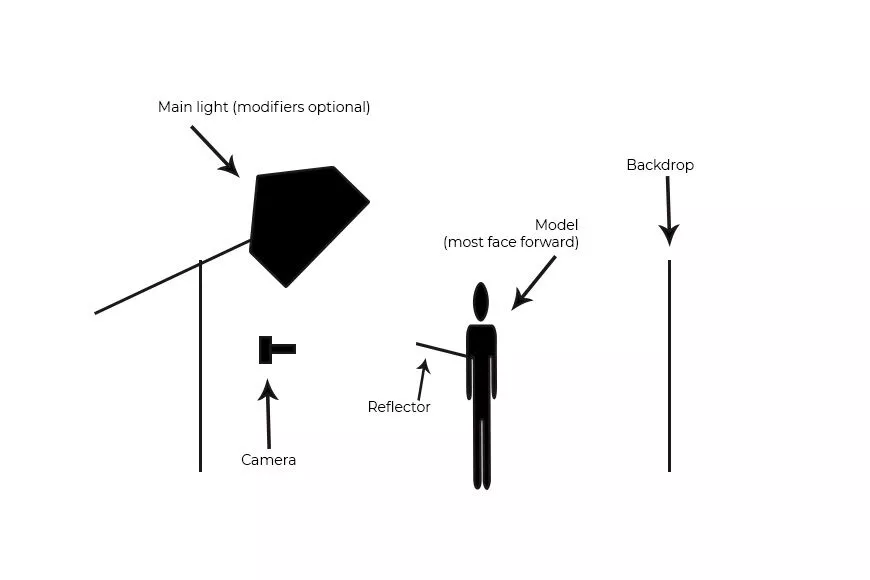
(1901-1992)
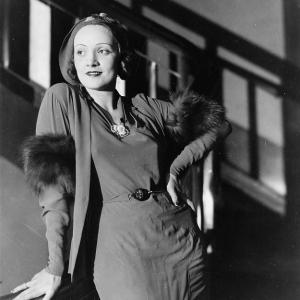
One of the most popular film and music stars of the 1930s and 1940s, Marlene Dietrich was known for her fashionable style and diverse portrayals of women. She was a firm advocate for the American war effort, contributing much of her time, energy and musical talents to aid the troops. The Actress and singer Marlene Dietrich was one of the most prominent political refugees of her generation, speaking out against Hitler and singing for the US troops in World War II. Actress and singer Marlene Dietrich was a living legend, famous for performances in movies such as “Blue Angel” and “Touch of Evil”.
Jimmy Nelson is an environmental photographer who has travelled the world photographing a variety of different personalities, from places such as Afghanistan, El Salvador and Nigeria.

This is a photo taken by Jimmy Nelson in Mongolia, displaying the Kazakh people and the beautiful environment that they inhabit.
The photo is taken at about sunset, and Jimmy Nelson has positioned himself facing away from the sun, which creates a shaded effect on the vast mountains in the background of the shot. He has also used a wide aperture to capture the mountains. The photo looks like it was originally under exposed, meaning the shutter speed was too fast, but this could have been done on purpose so that, when editing the photo, Jimmy Nelson could turn the exposure up. The ISO could also have been in a higher range as well to compensate for the low lighting level.
This photo also has a distinct grey colour scheme, which gives the photo both a light and a dark tone, as the foreground is more dark and the background is more light. In the foreground, there is a rocky surface below the horse, which adds to the texture of the photo, and gives context as to how difficult the terrain is to traverse. The two men behind the main man who is the focus point of the shot, give the photo a nice pattern too. Generally, the composition of the shot is very well done.
In the photo, you can see there are three men on horses, each with a bird resting on their arms. These men are Kazakhs, living in the mountains in Mongolia, a place infamous for how difficult it is to traverse. Even in this photo you can see how rough and mountainous the landscape is. Clearly, these men have travelled far up to the top of the mountain that they stand on, which gives the photo power and mystery, it is almost like a demonstration of strength. Although, this is what day to day life is like for these men, and this photo is a very good example of environmental portraiture because it is a demonstration of how different their lives are to ours.
The work that Jimmy Nelson has created would have been a very difficult task. He would’ve had to hike up the mountain with the group of men who most likely don’t speak the same language as him. It is incredulous that Jimmy Nelson had willingly put himself through such an arduous trek just to capture the day to day life of the Kazakhs. It also might have been that this photo was not an idea, but more of a photo that is in the moment, a photo that was not planned but taken on the spot as Jimmy Nelson saw it.
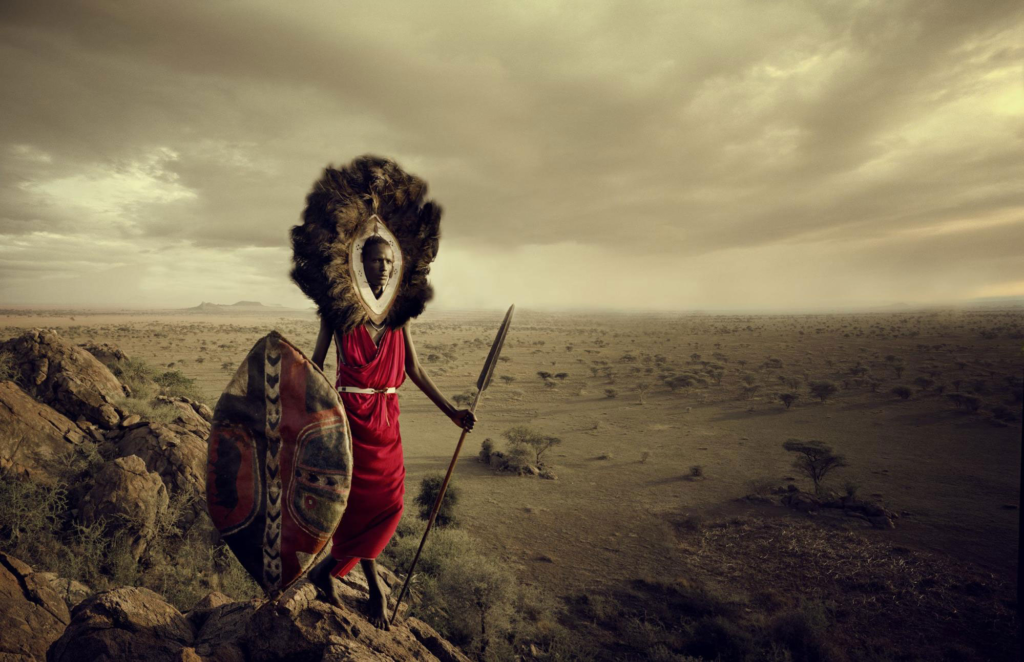
This is a photo of a Maasai warrior in Tanzania, a country in the south east of Africa.
Once again, Jimmy Nelson is facing away from the sun and towards the shadows of the hills, except this time it is to capture the vast emptiness of the landscape behind the warrior. It is not clear what time of day this photo was taken, presumably around sunset. The image looks a little bit under exposed, which again could have been done so that Jimmy Nelson could manipulate the photo in photoshop. Also, Jimmy Nelson uses a wide aperture so that the baron landscape behind the man could be captured. The shutter speed would have been fast so that he could capture the warrior while he is walking, which could have been why the image looks slightly underexposed. The ISO on this photo would have been regular because the frame isn’t that dark and is quite bright in colour. The photo is both warm and cold, the warmth comes from the yellow colours coming from the clouds or the desert, but the coldness comes from the dullness and lack of vibrance in the shot.
The texture of the shot is mostly sandy and rocky, which is another representation of the difficulty of traversing these landscapes that Jimmy Nelson captures. The photo is very 3 dimensional as the wide depth of field displayed the vastness of the desert in the background and how far is goes. There is a very clear line between the sky and the land, which also demonstrates how far the land goes as well.
The photo was taken in 2010, although it is generally a timeless photo as tribes like the Maasai have been around for thousands of years and continue the same traditions as they did all those years ago. Even the weapons, such as the spear that the warrior wields, and the shield as well, most likely have been around for centuries. The man is wearing very traditional Maasai clothes and are very unusual and unlike the clothes generally worn in western culture. He is also wearing what appears to be a lions mane around his head, which is a very powerful statement and could be a sign of strength among the Maasai people.
Once again, this most likely was an in the moment shot, which is emphasised by the warriors lack of gaze at the camera and that he is in motion as the photo is being taken. This perfectly encapsulates the essence of environmental photography, to portray a persons life in one shot, and having the warrior unaware of the shot gives the photo a natural feel.
Overall, Jimmy Nelson is an incredible environmental photographer who goes through thick and thin to capture the beauty of the different cultures he finds himself in and the vast landscapes that they inhabit.
Where am I taking photographs?
For my environmental portraits, I decided to photograph;
Who I am photographing
I decided to take photos of;
When am I conducting the shoot.
I carried out this shoot over October half term around jersey. This was best as I had lots of free time.
How are you going to produce your photos
Contact sheets of all my photos

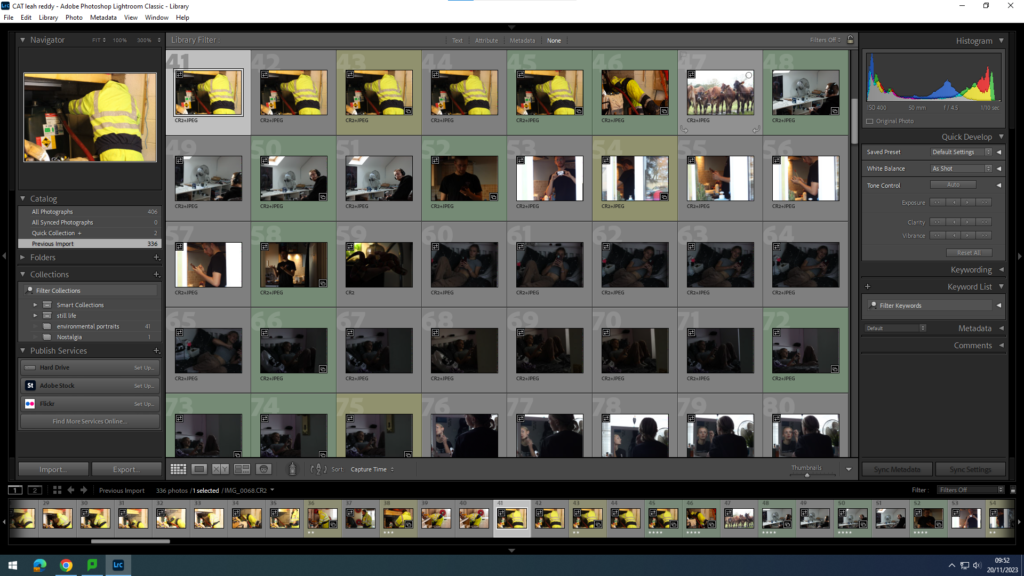
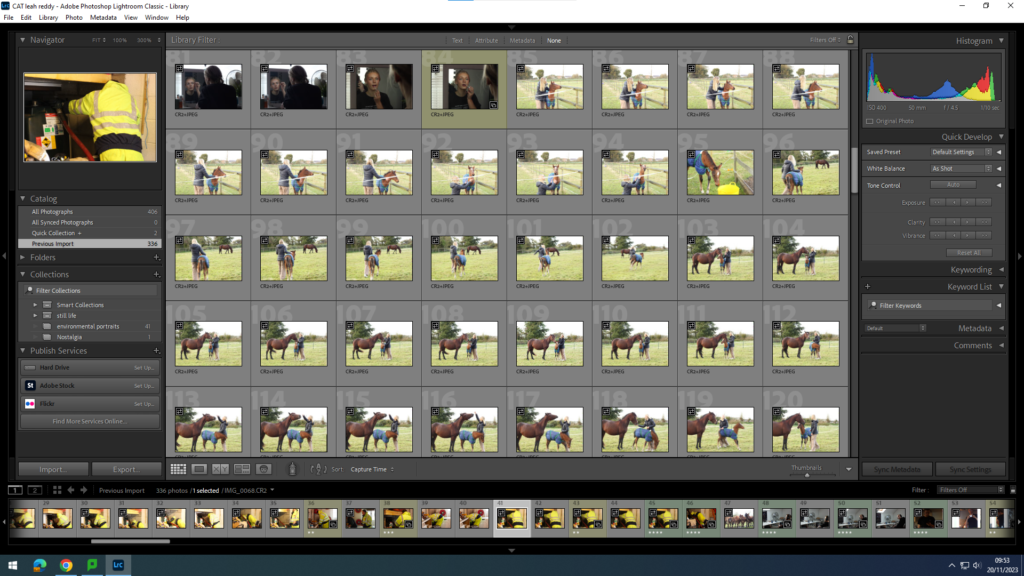

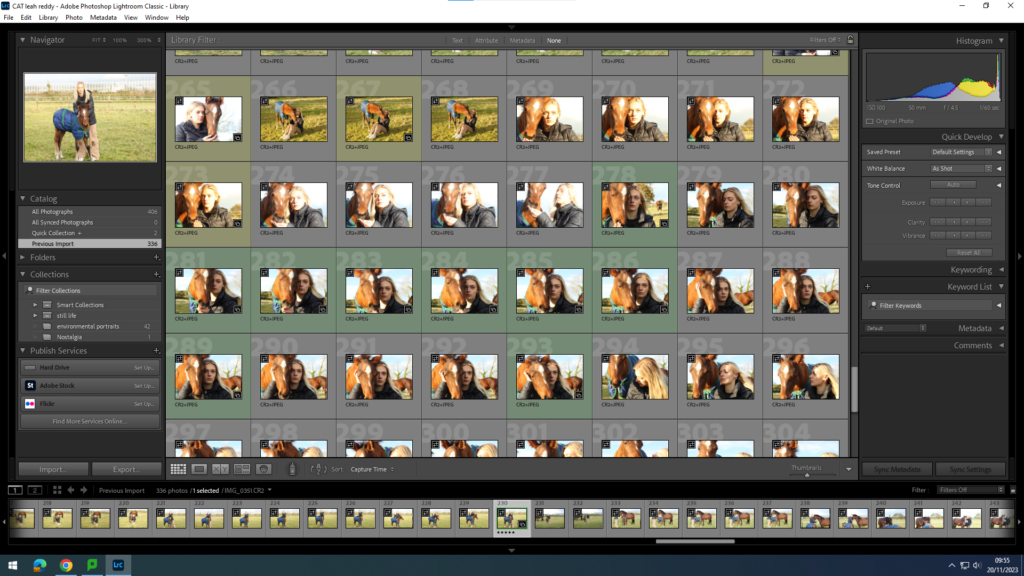

Photoshoot Plan:
1- shoe shop
2- skate shop
3- in the trees
4-skate park/ mel